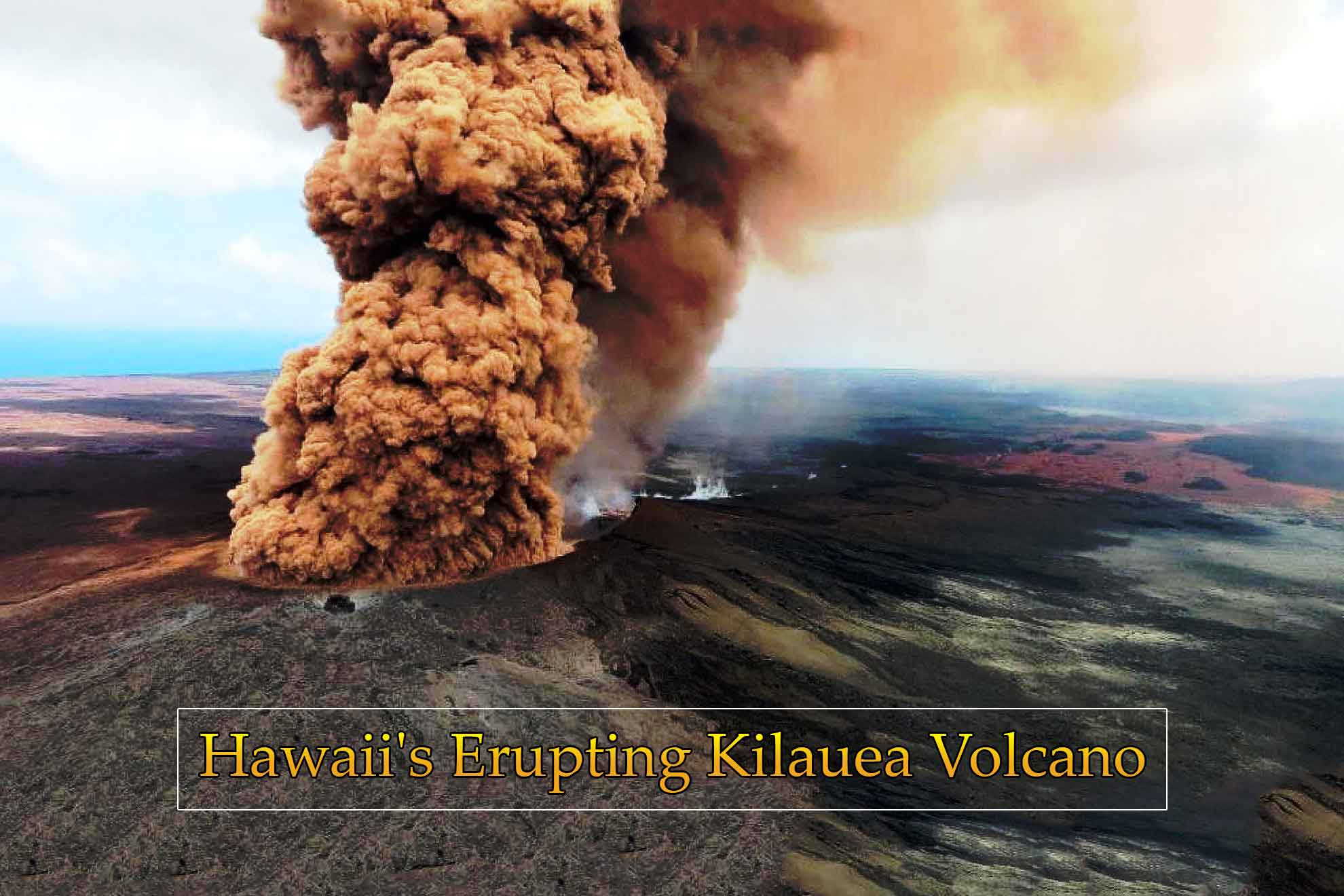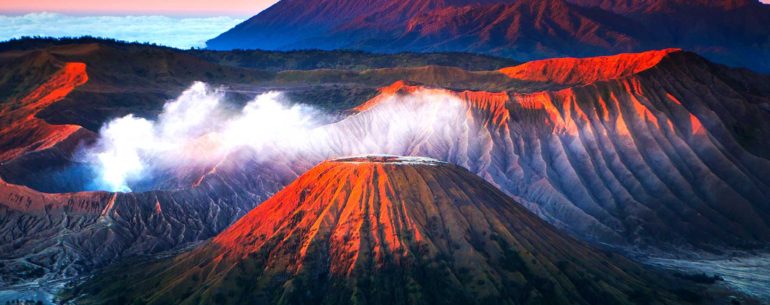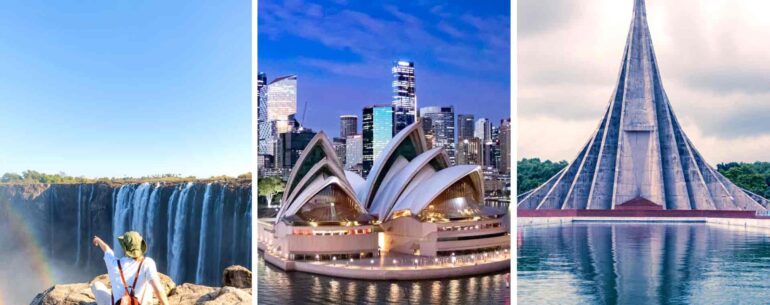 Honolulu– There is trouble in Paradise and Kilauea Volcano is to blame. The archipelago of Hawaii, also known as the ‘Paradise of the Pacific’, has been smitten by volcanic eruptions for five days now. On Friday, President Donald Trump declared the Island a disaster struck area which has paved the way to fund the numerous reclamation projects that would be needed to bring the Island back into its previous pristine state. The tourism of Hawaii, however, has been affected by the recent eruptions that, as of right now, are not ceasing and are transforming into a new set of disasters.
Honolulu– There is trouble in Paradise and Kilauea Volcano is to blame. The archipelago of Hawaii, also known as the ‘Paradise of the Pacific’, has been smitten by volcanic eruptions for five days now. On Friday, President Donald Trump declared the Island a disaster struck area which has paved the way to fund the numerous reclamation projects that would be needed to bring the Island back into its previous pristine state. The tourism of Hawaii, however, has been affected by the recent eruptions that, as of right now, are not ceasing and are transforming into a new set of disasters.
The Kalapana lava flow was a steady stream of lava that kept flowing from the Kilauea volcano’s crater for the last 35 years. The Kalapana flow became a tourist attraction, as many people came to witness the constant cycle of creation and destruction that the Island is a part of. The volcano spewed lava that ran through an abandoned village and fell into the ocean, solidifying instantly to create new land. The people were used to this natural growth of the island, and businesses were profiting with the increase of tourism in the area. That was the case until three weeks ago. Surprisingly, without any warning, the Kalapana flow ceased. Tourism businesses immediately went into saving and contingency modes, but the real disaster came later.
As the flow from the Kalapana lava stream stopped, the pressure within the volcano became greater until a few days ago the magma spilt out of the crater. Scientists are yet to discover as to what shifted the weight and flow of the magma inside the volcano that led to this disastrous effect. As the lava erupted and rolled on the streets, it burnt everything in its path. The roads and pavements became incased it hard volcanic rock. Moreover, the lava chimneys began to throw charred rocks, but thankfully, only inside a limited area. The real threat was from the poisonous fumes of sulphur dioxide that hissed out of the cooling lava. A total of 35 structures have been burned to the ground, out of which 26 were homes.
On Saturday, the lava in the crater that had slowly been spewing out from a dozen fissures around the volcano suddenly fell back down into the volcano throat. Scientists have described this flux as dangerous and have warned that due to the persistent weight of the lava and the changes in its flow, the magma seems to have created new underground chambers and has suddenly shifted into those pockets. The magma now can mix with the underground water. The steam produced from this mix could create a steam explosion that scientists say, can blast out rocks the size of refrigerators. This dangerous condition, however, is not keeping some from visiting the ‘Pearl of the Pacific’.
Scientists, photographers, journalists, and adrenaline junkies are heading to the island in the hope of getting a glimpse of the bubbling crater. Some honeymooners are still coming to the island, citing that the eruption is a ‘once in a lifetime’ experience and believe that the danger would be far away from their residences. Hawaii has seen these eruptions for a long time, and most business owners are optimistic that as soon as the eruptions cease and the fumes dilute into the air, the area will be flocked with tourist from near and far.
The Big Island of Hawaii, that is seeing these eruptions, attracts 1.7 million visitors and tourists each year. Collectively, Hawaii attracts tourists from the mainland United States, Canada, China, Australia and Japan. A total business of USD$ 15 billion is brought over by these tourists to the Island of Hawaii. Clearly, this current volcanic eruption has disrupted a lot of important businesses. Many businesses predominantly have seen cancellations in bookings, as the residents of the island are being evacuated away from danger. This major blow to the Hawaiian tourism industry comes just after the flood that devastated Northern Hawaii in April. This year has been a catastrophe for Hawaiian tourism, to say the least. Hawaii, however, is rebounding from this ‘temporary inconvenience’ already!
The Governor of the State of Hawaii, David Ige said,
“Everywhere else in the Hawaiian Islands is not affected,”
he said.
“Travelers can enjoy their vacation experience in the Hawaiian Islands to the fullest, with the only word of caution being that they stay out of areas closed to the public for their own safety.”
The new investment from the federal and local administrations to provide relief and rebuild the disaster struck area is a sign of better times. Soon the palm trees will rustle in the sea breeze with no inhibition or recollection of a volcano threatening the peace in this paradise.




Leave a Reply
You must be logged in to post a comment.